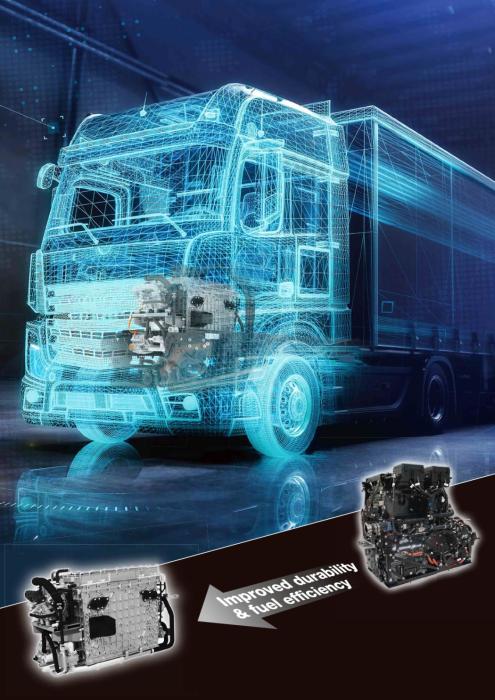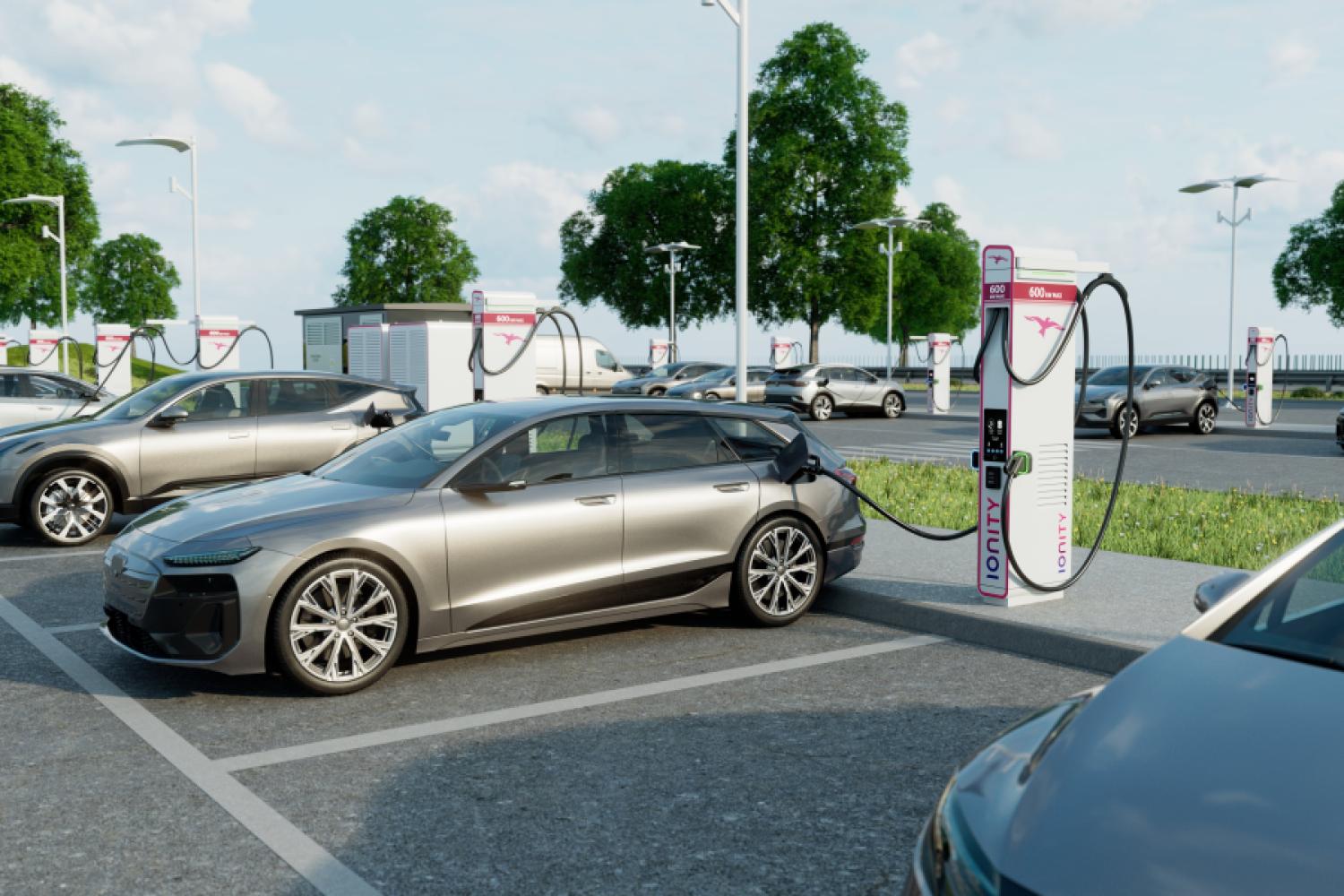The Japanese automobile manufacturer Toyota has unveiled the third generation of its fuel cell system. In addition to its use in passenger cars, it is particularly tailored to the specific requirements of the commercial sector. For this purpose, durability and longevity have been specifically improved, now claimed to be on the level of conventional diesel engines, according to the manufacturer. Moreover, the new third generation of the fuel cell system offers significant improvements in efficiency and a considerable cost reduction compared to the previous version, according to the promise.
The third-generation fuel cell system will be introduced for the first time on February 19 at the Hydrogen and Fuel Cells Expo H2 & FC EXPO in Tokyo. It is set to be introduced earliest after 2026, primarily in Japan, Europe, North America, and China. The manufacturer sees hydrogen as an important fuel on the path to CO2 neutrality and is actively collaborating with partners from various industries. Furthermore, they are promoting various initiatives in the fields of "generation, transport, storage, and usage" of hydrogen in the context of research and development activities.
To accelerate the acceptance of fuel cell technology, unlock new applications, and advance the development of a hydrogen society, continuous development of the technology is necessary. The third-generation fuel cell system is seen as an important milestone.
Constant Development Since 2014: From Car to Truck
In 2014, the Japanese introduced the fuel cell electric vehicle (FCEV) Mirai to the market. Since then, around 28,000 units of the hydrogen-powered sedan have been sold in more than 30 countries and regions. Since 2019, Toyota has also been supplying fuel cell systems for buses, railways, and stationary power generators, among others. So far, more than 2,700 units have been delivered to more than 100 customers worldwide. To implement these systems in the commercial sector and contribute to the development of a hydrogen society, they are working with many partners in Japan, especially in the prefectures of Tokyo and Fukushima.
Improved Durability at the Center
The most important feature of the third-generation fuel cell system is improved durability, which is expected to be up to twice as high as that of the previous generation. This results in durability and maintenance-free operation comparable to diesel engines, with a 1.2 times improvement in fuel efficiency and higher performance. This increases the range by 20 percent. Additionally, significant cost reductions are intended to be achieved through innovations in cell design and manufacturing processes, thereby expanding the range of applications. The third-generation fuel cell system can be used in a variety of commercial vehicles, passenger cars, and general applications such as stationary generators, rail vehicles, and ships. In passenger cars, the improved fuel efficiency provides a greater range. The more compact design of the system also makes it easier to integrate into various commercial vehicles, according to the manufacturer.






